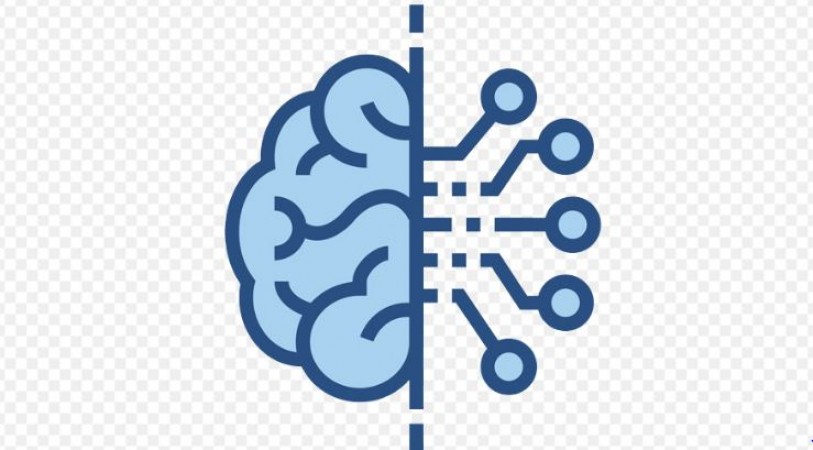
Federated learning (also known as collaborative learning) is a machine learning technique that trains an algorithm via multiple independent sessions, each using its own dataset. This approach stands in contrast to traditional centralized machine learning techniques where local datasets are merged into one training session, as well as to approaches that assume that local data samples are identically distributed.
Under federated learning, multiple people remotely share their data to collaboratively train a single deep learning model, improving on it iteratively, like a team presentation or report. Each party downloads the model from a datacenter in the cloud, usually a pre-trained foundation model. They train it on their private data, then summarize and encrypt the model’s new configuration. The model updates are sent back to the cloud, decrypted, averaged, and integrated into the centralized model. Iteration after iteration, the collaborative training continues until the model is fully trained.
ALSO READ:-AI-MPLB Virtual Meeting to Discuss Uniform Civil Code
This distributed, decentralized training process comes in three flavors. In horizontal federated learning, the central model is trained on similar datasets. In vertical federated learning, the data are complementary; movie and book reviews, for example, are combined to predict someone’s music preferences. Finally, in federated transfer learning, a pre-trained foundation model designed to perform one task, like detecting cars, is trained on another dataset to do something else, like identify cats. Baracaldo and her colleagues are currently working to incorporate foundation models into federated learning. Under one potential application, banks could train an AI model to detect fraud, then repurpose it for other use cases.
Are some primary benefits of federated machine learning:
FL enables devices like mobile phones to collaboratively learn a shared prediction model while keeping the training data on the device instead of requiring the data to be uploaded and stored on a central server.
Moves model training to the edge, namely devices such as smartphones, tablets, IoT, or even “organizations” like hospitals that are required to operate under strict privacy constraints. Having personal data remain local is a strong security benefit.
Makes real-time prediction possible, since prediction happens on the device itself. FL reduces the time lag that occurs due to transmitting raw data back to a central server and then shipping the results back to the device.
Since the models reside on the device, the prediction process works even when there is no internet connectivity.
FL reduces the amount of hardware infrastructure required. FL uses minimal hardware and what is available in mobile devices is more than enough to run the FL models.
ALSO READ:-Euclid Space Telescope Successfully Launched to Explore the Enigma of the Dark UniverseIntroducing Innovative FASTag-Based Smart Parking System at Varanasi AirportEAM S Jaishankar Embarks on Four-Day Journey to Tanzania